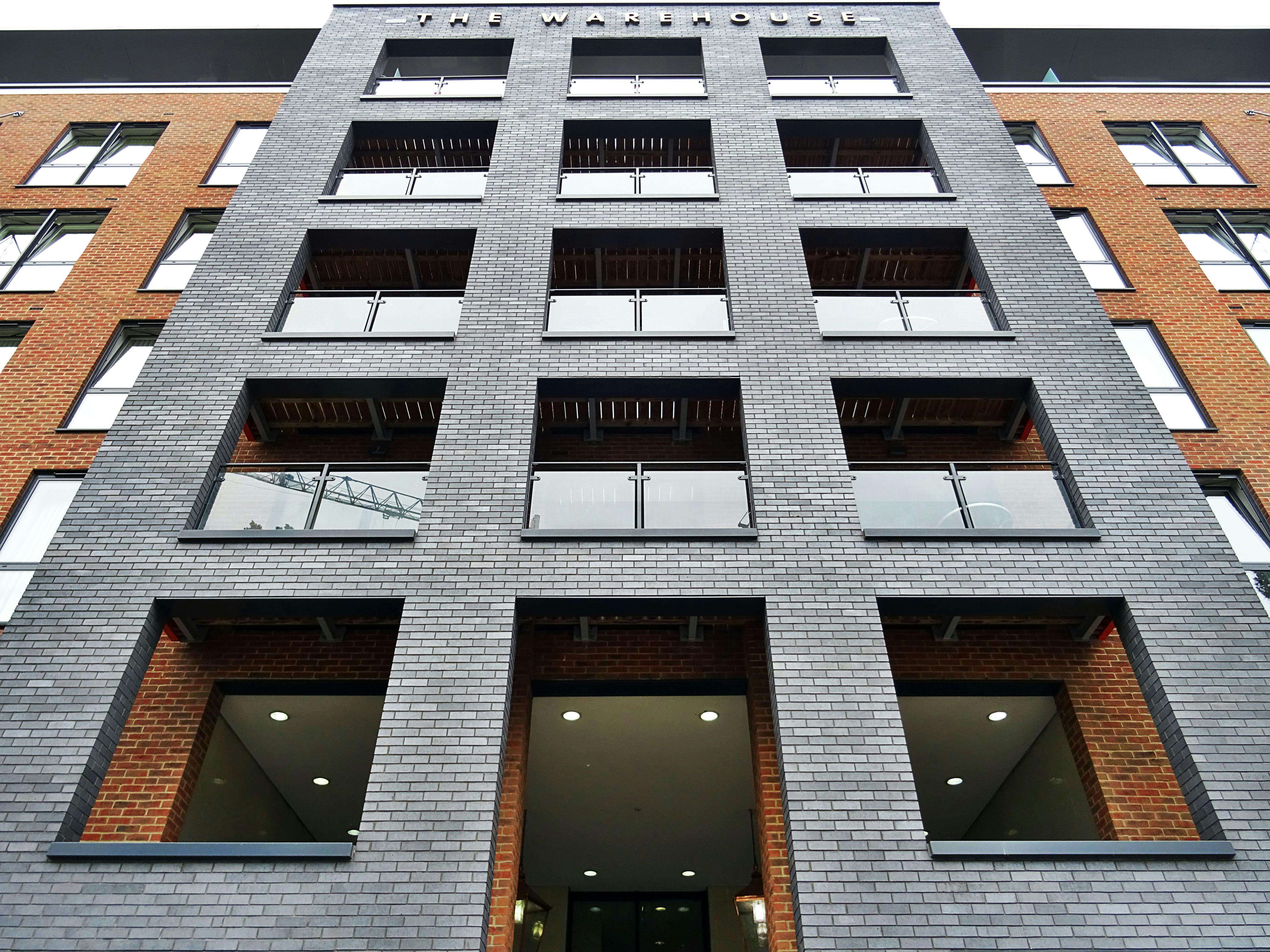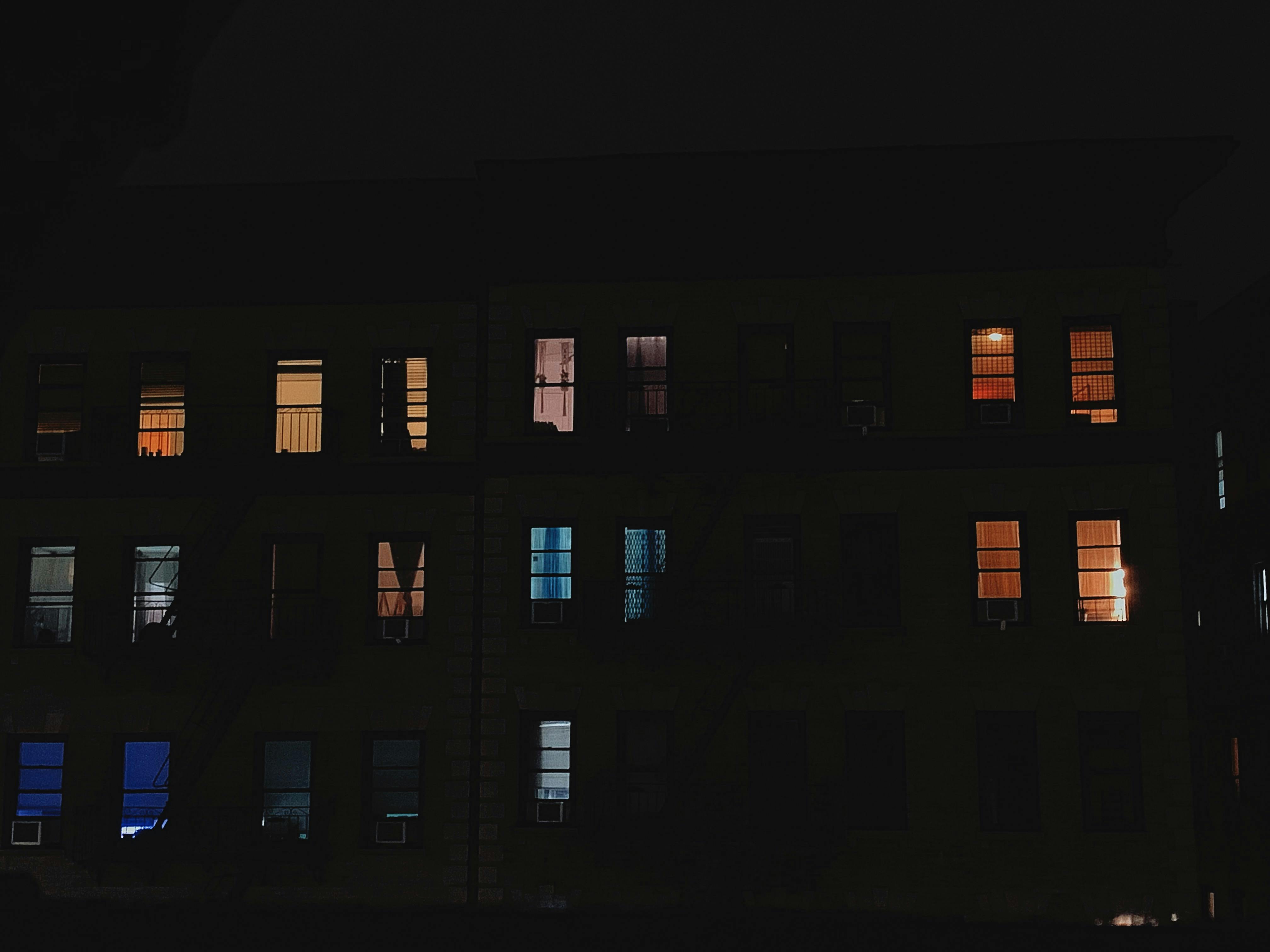Many people are unaware that the indoor air in their homes is, on average, 2 to 5 times worse than outdoor air (EPA source), and in some cases it can be 10 times worse. This becomes very relative when we realize that most of us spend 90% of our time indoors, in our homes, and at work.
Air and water are considered two essential elements for human survival, so it makes sense to consider breathing the best quality air and drinking the best quality water possible to maintain a healthy life and enhance our life potential.
Recent discoveries from medical science suggest that up to 50% of all diseases are caused or affected by the air we breathe. Large increases in allergies, especially those caused by indoor air allergy triggers such as dust mites and similar microbes, give us some indication.
Household cleaning chemicals and chemicals used in building materials and furniture now play a role in the makeup of all living environments as they happily release gases of their toxins on the innocent who live there. Between 25% and 30% of all adults in the developed western world now suffer from one allergy or another and recently in the UK the British government has admitted that up to 40% of school-age children suffer from allergies.
The main contributing factors have been increased house insulation, central heating, double-glazed windows, lack of ventilation, carpets, and electrical products that produce BFRs (Brominated Fire Resistant Chemicals) that are persistent , toxic and bioaccumulative and the excessive prescription of antibiotics epically to pregnant women, as this interferes with the development of the immune system in the fetus.
The 10 easy steps
1. Reduce the number of carpets in your home and replace them with hardwood (non-laminate) floors, tile, or any hard floor that can be easily cleaned, is non-toxic, and is not a place to breathe microbes and dust mites.
2. Make sure you use a vacuum cleaner that has a HEPA filter so you don’t just redistribute dust in your home.
3. Leave your bedroom windows open for a while in the morning and remove the blankets from the bed to make it uncomfortable for bed bugs and dust mites. If you have asthma, consider using allergy-approved mattress and pillow protectors as well.
4. Limit the use of open fires as they create a large amount of dust particles in the air, a percentage of these will end up in your lungs if you are not careful. If you have to use fires, make sure the room is well ventilated.
5. Keep the temperature as low as you can comfortably live within your indoor environment, as this will inhibit the growth of microbes. This will also save you money on your winter heating bills, as most of us have our heat several degrees higher than we actually need. Give your living areas good ventilation as often as possible by opening windows and doors for short periods.
6. Use some good air purifiers like Healthway units that are mobile and use a new cutting edge technology called EMF that filters the air but also destroys bacteria and viruses etc.
7. Use allergy-friendly cleaning materials and bedding.
8. Make sure all areas of your home that generate steam, such as kitchens, showers, and bathrooms, have air extraction units so mold and spores do not settle on damp surfaces. Watch out for dark stains on ceilings and walls, which generally signify mold and respiratory spores that can cause respiratory problems for the very young and the elderly.
9. If you must have pets in the home, keep them away from carpeted areas and bedrooms.
10. Prohibit smoking in the home if you have babies or the elderly living there.




